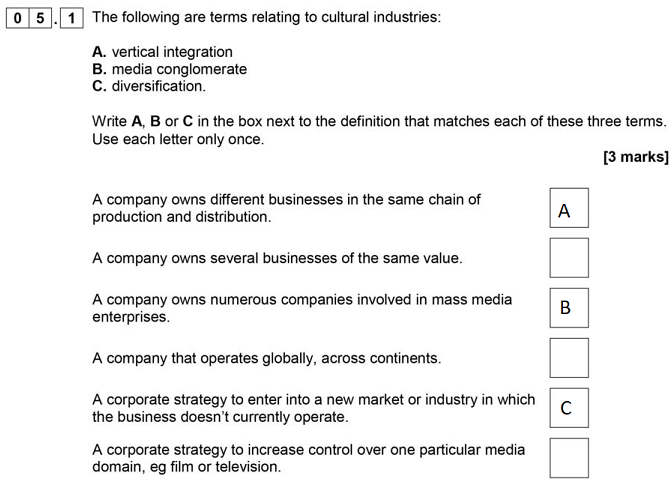‘The movie musical seems to be thriving at the moment, and in these tumultuous political times, who is really going to complain about experiencing the escapism and joy that only a film of this genre can bring?’ – Sarah Buddery Review.
The film is similar to movies such as Rocketman and Bohemian Rhapsody yet the film is as much about music as it is told with music.
Inspired by an incredible true story, and based on the memoir ‘Greetings From Bury Park’ by Sarfraz Manzoor, the film tells the story of Javed Khan (Vivek Kalra), a Pakistani teenager who dreams of a life outside Luton, far away from his very traditional family and particularly his slightly overbearing Father (Kulvinder Ghir) who believes Javed can be anything he wants to be. As long as one of those things is a lawyer, an accountant or an estate agent! When his friend Roops (Aaron Phagura) introduces him to The Boss aka Bruce Springsteen, Javed’s world is turned upside down and through the lyrics of the legendary musician, he finds his voice.
Release of film: 2019
More than one poster design is made to involve all cultures, languages and to keep the advertising interesting.
• Blinded by the Light is a low-mid budget production ($15m) co-funded by New Line Cinema (an American production studio owned by Warner Brothers Pictures Group) and independent
production companies including Levantine Films. Bend it Films and Ingenious Media.
• Identification of how Blinded by the Light is characteristic of a low-mid budget release, considering production, distribution and circulation
• The role of the use of Bruce Springsteen’s music in getting the film financed and in the marketing of the film
• The use of film festivals in finding distribution deals for films
• Use of traditional marketing and distribution techniques; trailers, posters, film festivals etc.
• Marketing techniques such as use of genre, nostalgia, identity, social consciousness
• Distribution techniques – reliance on new technology; VOD, streaming
• Regulation of the industry through BBFC (British Board of Film Classification).
• Regulation including Livingstone and Lunt
– Hautlieu creative blog



